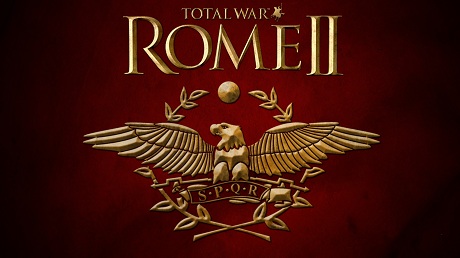Trieres - Marines
A ram of bronze and a unit of marines to make short work of the enemy.Shield and spear in hand, these men are trained to fight at sea as well as on land.
Of all the warships found in the ancient world, it is the trireme, or trieres, that remains the most famous and recognisable. Nearly all Hollywood 'sword and sandal' movies will include a trireme somewhere. The vessel was entirely designed for war. Its name came from the three rows of oars carried on each side, stacked above each other in staggered columns to give the rowers some room to work. The top row of oars pivoted on a rowlock, or oarlock, mounted on an outrigger projecting from the hull. This allowed the top oars to pitch down at a sharper angle to reach the sea without getting tangled in the lower ones. The trireme was a greyhound of a ship, capable of high-speed dashes with a well-trained crew and, contrary to popular belief, not all rowers were slaves. Aboard Greek vessels they were citizens, and were given respect, not the lash. They were also largely fair-weather ships, and unsuited to rough seas such as the Atlantic; the lowest level of oars were, at most, less than half a metre above the waterline. That, however, did not stop the trireme being a superb weapon against other ships: a high-speed ramming attack could rip a hole in the side of almost any target. The type was also large enough to be used in other ways, which lead to it carrying archers and assorted light artillery pieces.
(Marines)
Naval warfare in the ancient world was just another way for infantry to fight one another. The earliest documented naval battles are those of ancient China, 'grapple and hook' battles where boarding operations and close-quarters combat decided the victor. During the Second Punic War, Rome famously broke Carthage's mastery of the waves by creating the 'corvus' - a bridge that allowed its soldiers to board and fight. The distinction, then, in antiquity, between fighting on land and at sea was small, yet chiefly a matter of 'sea legs' - maintaining balance whilst toppling your opponent. Hoplites therefore appeared on Greek ships, and not just as passengers, which allowed Greek armies to pursue operations further afield with greater flexibility.
Unit Name Trieres - Marines |
Main Unit Key Pel_Marines_Three |
Land Unit Key Pel_Marines |
Naval Unit Key pel_greek_three |
Soldiers 80 |
Category Medium Ship |
Class Melee Ship |
Custom Battle Cost 730 |
Recruitment Cost 500 |
Upkeep Cost 100 |
Ship Health |
└ Ship pel_three |
Ship Speed |
Melee Attack 42 |
Weapon Damage 26 |
├ Melee Weapon rome_hoplite_spear |
├ Melee Damage Base 20 |
├ Melee Damage Ap 6 |
├ Armour Piercing No |
├ Bonus vs. Large 15 |
├ Bonus vs Elephants 15 |
└ Bonus vs Infantry 0 |
Charge Bonus 25 |
Melee Defence 61 |
├ Base Defence 46 |
├ Shield hoplite |
└ Shield Defence 15 |
Armour 55 |
├ Armour cloth |
├ Armour Defence 10 |
└ Shield Armour 45 |
Health 65 |
├ Man Entity rome_infantry_hoplite |
├ Man Health 45 |
└ Bonus Hit Points 20 |
Base Morale 55 |
Abilities
No Ability
Attributes
- Formation Attack
The unit will try to stay in formation when in melee. - Hide (forest)
This unit can hide in forests until enemy units get too close.
Strengths & Weaknesses
Trieres- Poor hull strength
- Light crew
- Fast speed
- Weak ramming
- Poor boarding
- Average missile combat
- Average defensive unit
- Low damage but average armour penetration
- Weak attack
- Poor morale
| Faction Availability | |
|---|---|
| Wrath of Sparta | |


 Français
Français Italiano
Italiano Deutsch
Deutsch Español
Español Русский
Русский Čeština
Čeština Polski
Polski Türkçe
Türkçe 简体中文
简体中文 正體中文
正體中文 日本語
日本語
